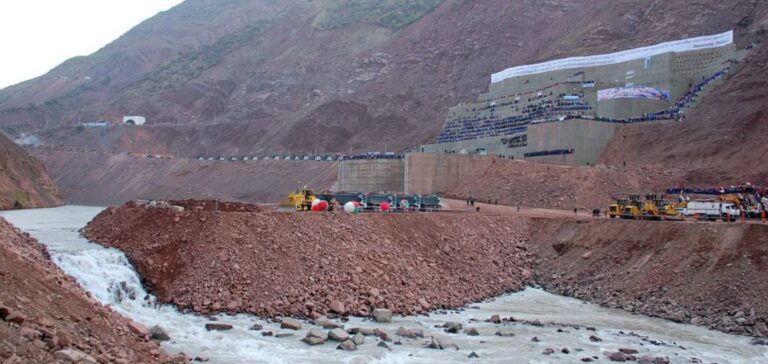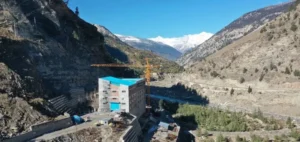The meeting between Emomali Rahmon, President of Tajikistan, and Pietro Salini, Director of the Italian company WeBuild, highlighted the major advances made in the Rogun hydroelectric station construction project. Discussions focused on the commitments made and the future stages of the project, with mutual assurance that WeBuild would mobilize all its capacities to meet the planned deadlines.
Technical details of the Rogun power plant
The Rogun hydropower plant is built on the Vakhsh river and has an installed capacity of 3,600 MW. The project includes six power generation units, each with a projected capacity of 600 MW. The completion of this infrastructure will significantly increase the country’s energy production, with an expected annual generation of over 17 billion kWh. When completed, the dam will be 335 metres high, making it the largest hydroelectric dam in the world.
WeBuild’s specific contribution
WeBuild plays a central role in the construction of Rogun’s clay-core rockfill dam, an essential technique for ensuring the plant’s durability and safety. This construction method is chosen for its robustness and ability to withstand local environmental conditions.
Diplomatic implications and recent agreements
The meeting takes place in the broader context of President Rahmon’s first official visit to Italy and the Vatican, which began on April 22. The visit was marked by the signing of seven new documents, strengthening cooperation between Tajikistan and Italy, particularly in the fields of energy and technology.
Progress on the construction of the Rogun hydroelectric power station symbolizes Tajikistan’s ongoing efforts to strengthen its energy autonomy and sustainable development.






















